
Vauxhall Insignia Grand Sport (2017-2022) engines, drive and performance
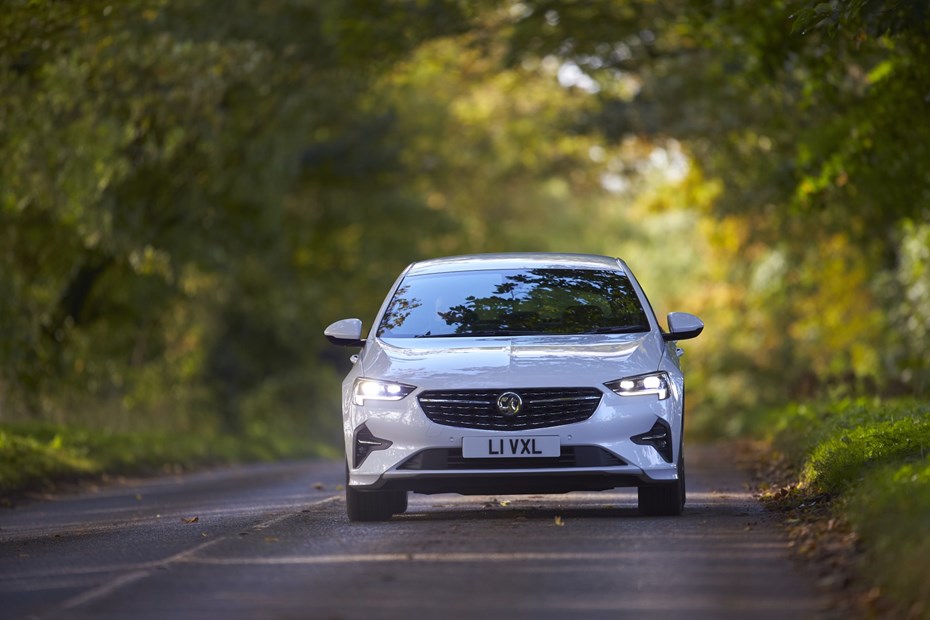
- One petrol and two diesels on offer
- Choice of manual or auto gearboxes
- No plug-in hybrid variant
The engine line-up in the Insignia is relatively limited, extending to just one petrol and a pair of diesels, ranging from 122hp to 200hp. It’s quite a straightforward range, consisting solely of straightforward combustion engines – there’s no hybrid trickery here at all. That does mean it can’t compete with the growing number of hybrid family cars, such as the Volkswagen Passat GTE and BMW 330e.
Diesel engines
The range kicks off with a modestly-powered 122hp 1.5-litre diesel. It’s not quick, when equipped with a manual gearbox and especially so with the optional eight-speed auto. We’ve driven this engine in the Astra and found it to be pretty pleasant, though, ideally suited to cruising with decent punch in the mid-range and great refinement considering it only has three cylinders.
More suited to the Insignia’s bulk is the 2.0-litre diesel. It has plenty of shove and should make decent progress fairly effortless. Both diesels come with either a six-speed manual or eight-speed automatic. The latter feels more natural for a big, comfortable car like the Insignia, but both are geared to keep the engines relaxed at high speed.
Petrol engines
The petrol engine is 2.0 litres in capacity, and as standard is paired to a nine-speed automatic gearbox with front-wheel drive. Performance is healthy, with a 0-62mph time of 7.2 seconds.
It’s generally a smooth and quiet engine – though it quickly becomes raucous at high rpm, when you’re just pootling around there are plenty of gears to ensure you’re always in the power band. The petrol excels at high speed, too, where it’s nearly silent and has plenty of power in reserve for overtaking.

What’s it like to drive?
- Adequate rather than inspiring handling
- Lots of grip and a planted, safe feel
- Excellent long distance comfort and refinement
Covering long distances is what the Insignia does best, and it’s all down to a combination of a supple ride, quiet cabin and well-damped controls – from the pedals to the gearchange – that are easy to modulate. The car feels planted as a whole and there’s plenty of grip from both ends. The more powerful engines are punchy enough to cope with towing, while not being too overpowering for the chassis.
The initial reservation of having to manage a clutch with a high biting point quickly dissipates thanks to the weighty pedals. The ride on the smaller wheels fitted to lower-spec models is smooth and well controlled, while the long wheelbase also adds to the feeling of stability when cruising at higher speeds.
Even the larger 20-inch wheels fitted to high-spec models don’t have a disastrous effect, but we reckon stick to the 18-inch option to retain the balance of a smooth ride and lower levels of road noise on the move. Though the Insignia’s rivals include the great-handling Ford Mondeo and Mazda 6, the Vauxhall doesn’t completely disgrace itself on the handling front in this distinguished company. It’s not particularly dynamic, but instead is comfortable, with accurate steering and great control of its big, heavy body.
Engine noise from the diesels is admirably hushed, although it gets a touch vocal at the top of the rev range. There’s a bit of wind rustle on the motorway but on the whole the Vauxhall Insignia is a quiet and relaxing place to spend a long journey, with only a minor presence of road noise on poorer surfaces.


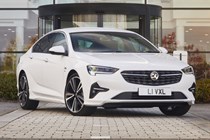
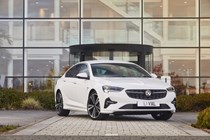
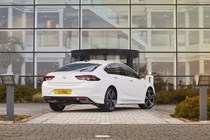
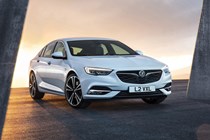
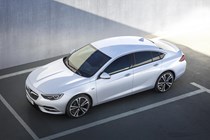
.jpg)
.jpg)
.jpg)
.jpg)
.jpg)
.jpg)
.jpg)
.jpg)
.jpg)
.jpg)
.jpg)
.jpg)
.jpg)
.jpg)
.jpg)
.jpg)
.jpg)
.jpg)
.jpg)
.jpg)
.jpg)
.jpg)
.jpg)
.jpg)
.jpg)
.jpg)
.jpg)

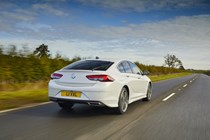
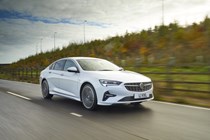
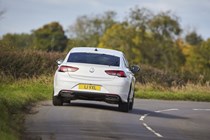
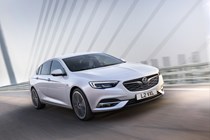
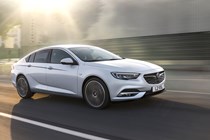


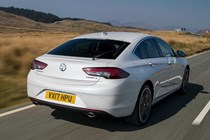
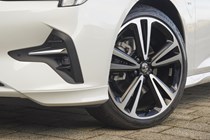
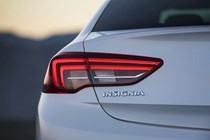
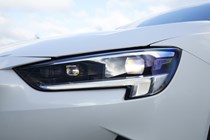
.jpg)
.jpg)
.jpg)
.jpg)
.jpg)
.jpg)
.jpg)
.jpg)
.jpg)
.jpg)
.jpg)
.jpg)
.jpg)
.jpg)
.jpg)
.jpg)
.jpg)
.jpg)
.jpg)
.jpg)
.jpg)
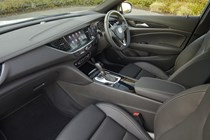
.jpg)


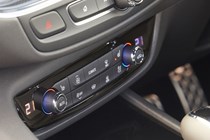
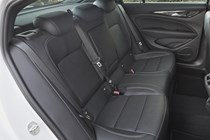

.jpg)
.jpg)
.jpg)
.jpg)
.jpg)
.jpg)
.jpg)
.jpg)
.jpg)
.jpg)
.jpg)
.jpg)
.jpg)
.jpg)
.jpg)
.jpg)
.jpg)
.jpg)
.jpg)
.jpg)
.jpg)
.jpg)
.jpg)
.jpg)
.jpg)
.jpg)
.jpg)
.jpg)
.jpg)
.jpg)
.jpg)
.jpg)
.jpg)
.jpg)
.jpg)
.jpg)
.jpg)
.jpg)
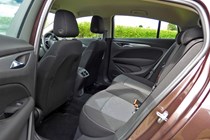
.jpg)
.jpg)
.jpg)
.jpg)
.jpg)
.jpg)
.jpg)
.jpg)
.jpg)
.jpg)
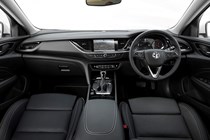
.jpg)
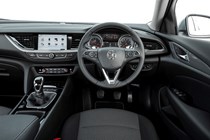
.jpg)
.jpg)
.jpg)
.jpg)
.jpg)
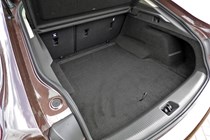
.jpg)
.jpg)
.jpg)
.jpg)
.jpg)
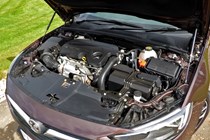
.jpg)
.jpg)





.jpg?quality=50)
.jpg?quality=50)
.jpg?quality=50)
.jpg?quality=50)
.jpg?quality=50)
.jpg?quality=50)
.jpg?quality=50)
.jpg?quality=50)
.jpg?quality=50)
.jpg?quality=50)
.jpg?quality=50)
.jpg?quality=50)
.jpg?quality=50)
.jpg?quality=50)
.jpg?quality=50)
.jpg?quality=50)
.jpg?quality=50)
.jpg?quality=50)
.jpg?quality=50)
.jpg?quality=50)
.jpg?quality=50)
.jpg?quality=50)
.jpg?quality=50)
.jpg?quality=50)
.jpg?quality=50)
.jpg?quality=50)
.jpg?quality=50)












.jpg?quality=50)
.jpg?quality=50)
.jpg?quality=50)
.jpg?quality=50)
.jpg?quality=50)
.jpg?quality=50)
.jpg?quality=50)
.jpg?quality=50)
.jpg?quality=50)
.jpg?quality=50)
.jpg?quality=50)
.jpg?quality=50)
.jpg?quality=50)
.jpg?quality=50)
.jpg?quality=50)
.jpg?quality=50)
.jpg?quality=50)
.jpg?quality=50)
.jpg?quality=50)
.jpg?quality=50)
.jpg?quality=50)

.jpg?quality=50)





.jpg?quality=50)
.jpg?quality=50)
.jpg?quality=50)
.jpg?quality=50)
.jpg?quality=50)
.jpg?quality=50)
.jpg?quality=50)
.jpg?quality=50)
.jpg?quality=50)
.jpg?quality=50)
.jpg?quality=50)
.jpg?quality=50)
.jpg?quality=50)
.jpg?quality=50)
.jpg?quality=50)
.jpg?quality=50)
.jpg?quality=50)
.jpg?quality=50)
.jpg?quality=50)
.jpg?quality=50)
.jpg?quality=50)
.jpg?quality=50)
.jpg?quality=50)
.jpg?quality=50)
.jpg?quality=50)
.jpg?quality=50)
.jpg?quality=50)
.jpg?quality=50)
.jpg?quality=50)
.jpg?quality=50)
.jpg?quality=50)
.jpg?quality=50)
.jpg?quality=50)
.jpg?quality=50)
.jpg?quality=50)
.jpg?quality=50)
.jpg?quality=50)
.jpg?quality=50)

.jpg?quality=50)
.jpg?quality=50)
.jpg?quality=50)
.jpg?quality=50)
.jpg?quality=50)
.jpg?quality=50)
.jpg?quality=50)
.jpg?quality=50)
.jpg?quality=50)
.jpg?quality=50)

.jpg?quality=50)

.jpg?quality=50)
.jpg?quality=50)
.jpg?quality=50)
.jpg?quality=50)
.jpg?quality=50)

.jpg?quality=50)
.jpg?quality=50)
.jpg?quality=50)
.jpg?quality=50)
.jpg?quality=50)

.jpg?quality=50)
.jpg?quality=50)